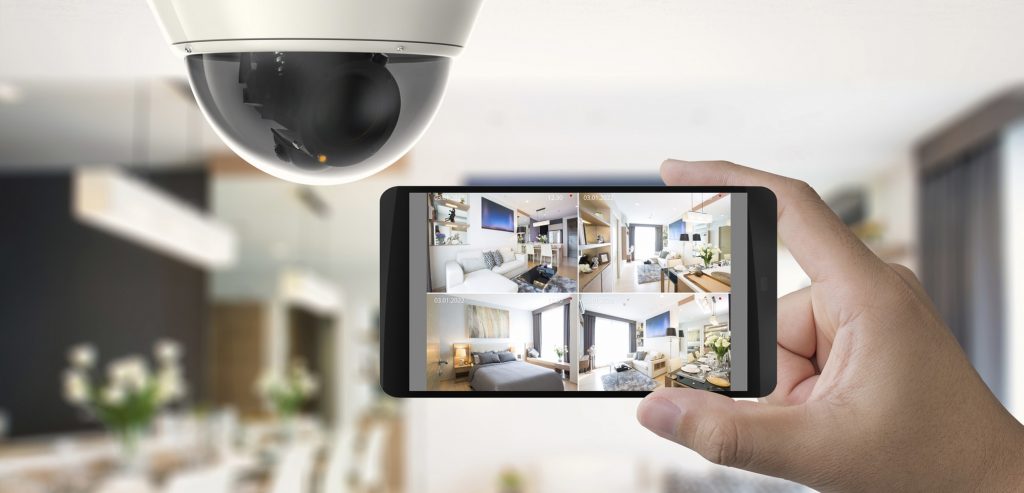Look at the latest on Smart Energy Savings Innovation
According to a Delta-EE report, Home Energy Management in the UK is expected to grow by 31% every year over the next five years.
Home energy technologies are developing all the time. Companies come up with new technologies or new features for existing technologies. It is up to smart home installers in London and elsewhere to keep abreast of developments, employing the best.
Here are some latest innovations:
1. Smart Robots can save on Drafts and Heating Bills
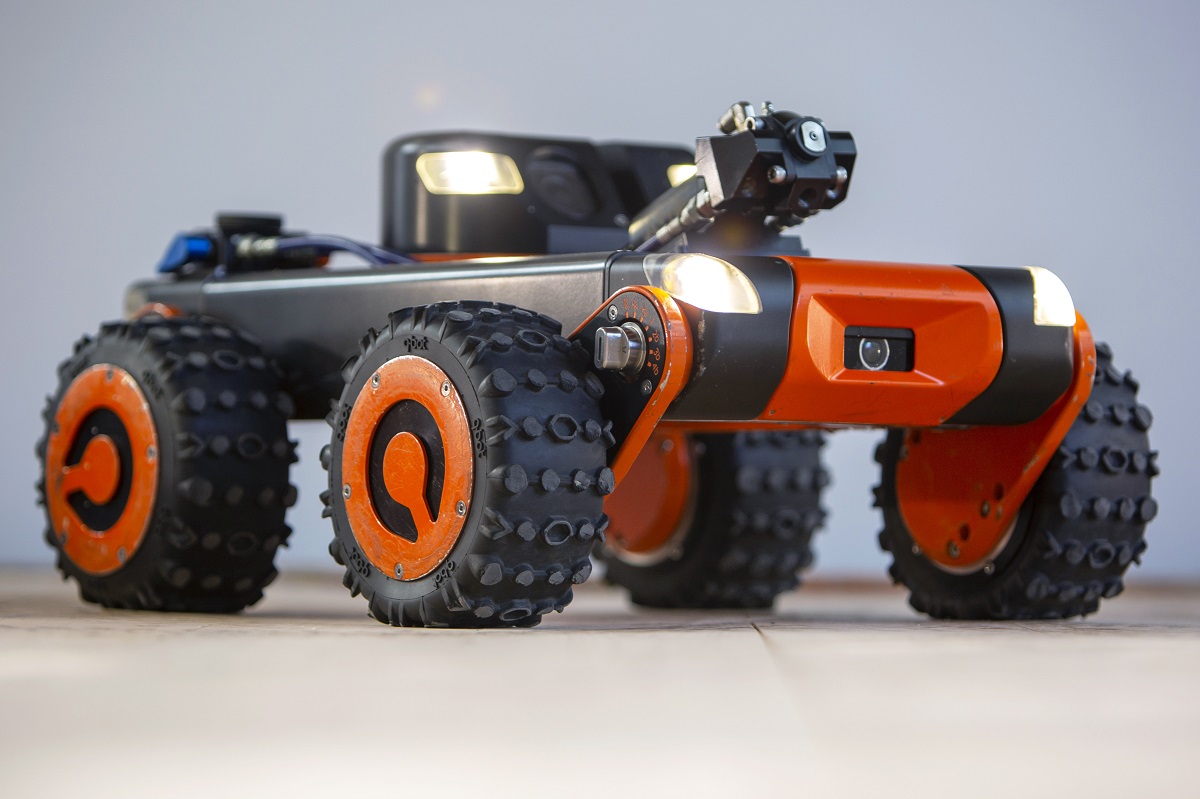
Q-bot, London, have combined robot technology and simple underfloor insulation. Since 2015 they have been awarded seven prestigious awards. According to Energy Saving Trust approved calculations, their service can save up to 16%, or £150 a year.
Q-Bot uses a robotic device that applies underfloor insulation to suspended timber floors. Its makers claim that Q-bot’s installation can reduce heat loss and save an average of £150 on every bill.
Their service requires only a low level of disruption to apply the insulation. Advantages include making a home warmer, draft-free, more comfortable and more energy-efficient.
How does the insulation application work?
A remote-controlled buggy drives along with the suspended timber voids, spraying the insulation underneath the floorboards. The insulation effect starts immediately on application and can reduce heat loss by up to 90%.
Who can use the Q-bot service?
Both private homeowners and landlords can use the service. A minimum of 30 cm of space underneath the floorboards is required to give the buggy access. Studies by the Energy Savings Trust indicate savings of around £40 a year can be made using traditional underfloor insulation.
How much does it cost?
An initial survey is conducted, which costs £90.00 but is refunded if the homeowner proceeds. Prices vary, but a typical three-bedroom semi costs between £2000-£2500 to insulate.
2. Automatic Switching
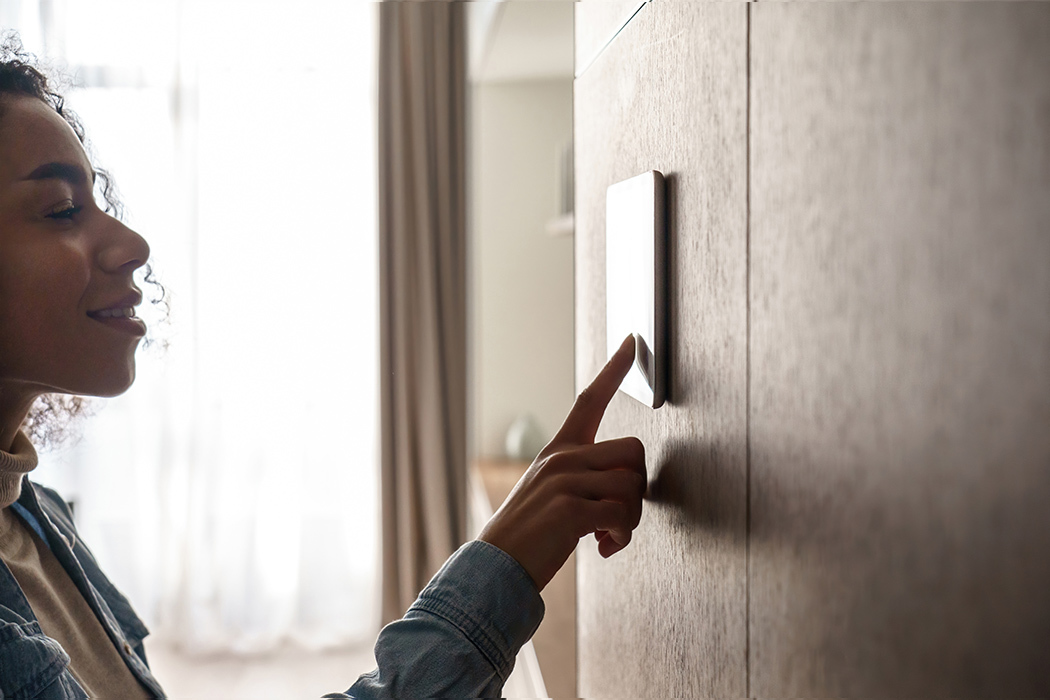
A combination of Brexit and more recently inflation are leading to higher energy costs. While the complexity of tariffs creates inertia in customers.
In response, companies are manufacturing robots that automatically analyse household devices and report on their usage.
The devices attach to the mains current supply. Constantly checking voltage and current fluctuations, the algorithms identify usage patterns between devices, so there is no need for manual calibration of each device. Via a linked app on your phone, it’s possible to keep tabs on changes in consumption.
A smart home lighting system is an important part of managing energy use in a home or office. Integrating lighting automation significantly cuts energy bills. Lutron Dealers are renowned for keeping on top of lighting automation developments and applying this knowledge in their solutions.
3. Hybrid Renewable Energy Systems
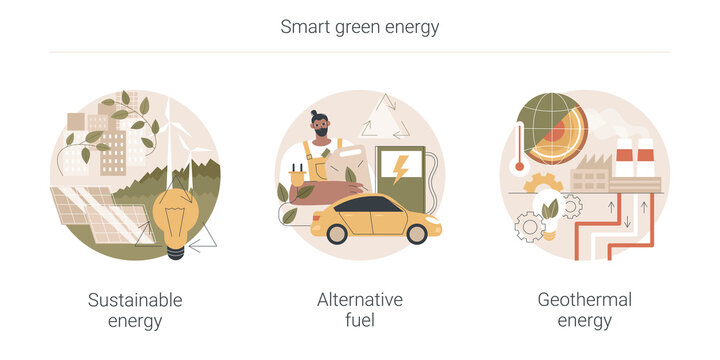
3.1. Hybrid Solar Heat Pumps
Heat pump refrigerant is pumped down a series of tubes in the homeowner’s garden in a ground source. Once in place, an electric pump drives refrigerant around the tubes. The refrigerant returns to the surface and is turned into a gas, where it travels through the compressor and is heated further before the condenser. From the condenser, the refrigerant is pumped throughout the house using conventional radiators.
Heat pumps are eco-friendly and efficient but are driven by an electric pump. By linking the heat pump with solar panels located on the roof, the system doesn’t need electricity. This system, called a hybrid solar heat pump, has several advantages:
- The system provides full-scale heating in the winter.
- It provides cheaper air conditioning during the summer.
- Even during winter, the heat pump efficiency continues.
- Excess heat generated can be stored and used during winter.
A ground source heat pump system and installation costs from £13,000 to £35,000. While the saving each year can be from £790-£1425. The solar panels to be linked with the system cost £6000 for a typical 4 kW system.
3.2. PVT
A PVT solar hybrid system uses a photovoltaic (PV) panel, which converts sunlight into electricity. Underneath a solar panel uses the heat from the PV panel to heat water. Reducing the heat build-up in the PV panel makes it work more efficiently.
Hybrid heating and control systems are ideally integrated with advanced smart home technology such as Crestron Home Automation to capitalise on the savings.
A constant stream of sustainable innovations come onto the market, and these are a few that have caught our eye:
1. Batteries that get better with age

At 96, John Goodenough is the co-inventor of the lithium-ion battery, and it seems there is little desire to slow down.
His latest invention is a lithium-ion battery which uses a glass powder as the electrolyte. It has twice the power of a conventional lithium-ion battery and is non-flammable, lower costs and, most controversially, can increase its power storage with use.
Working with the engineering physics department of the University of Porto in Portugal, Goodenough is now looking for industry partners with a launch date of 2022.
2. Living Robots
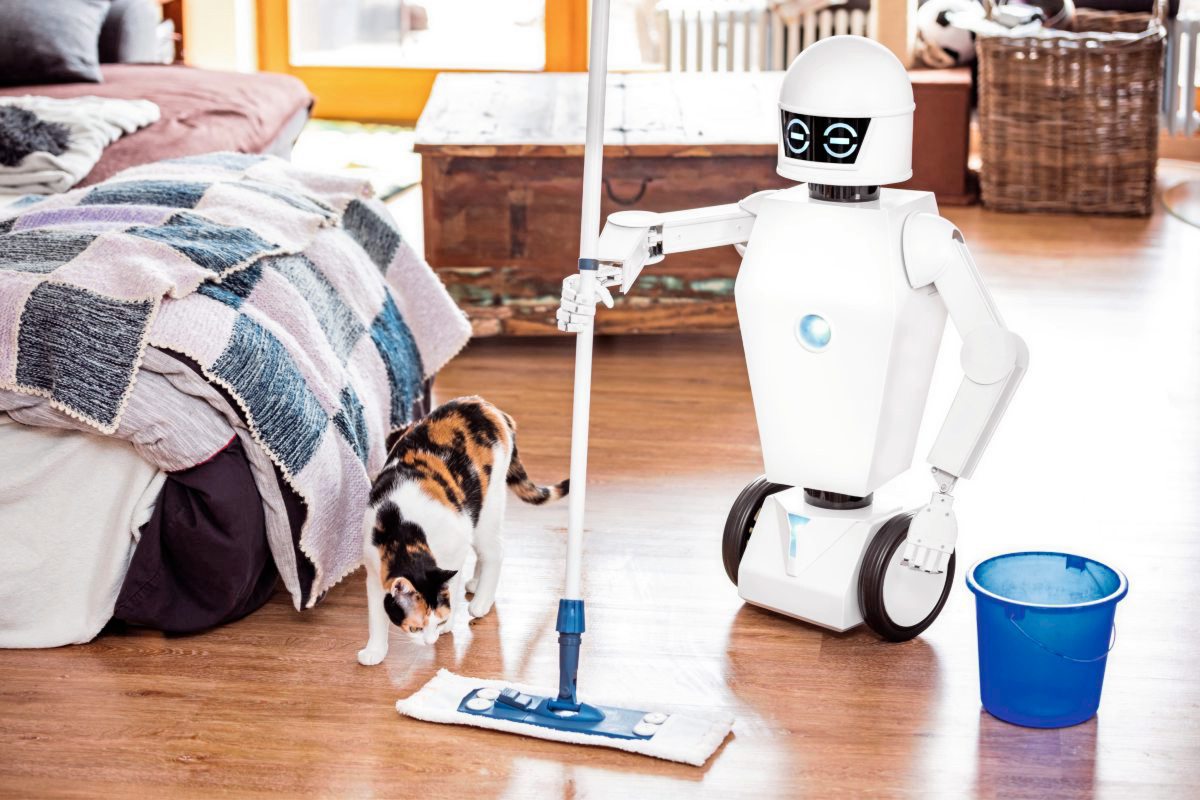
Xenobots are tiny groups of cells that are undergoing researched to discover how they can be used as micro-robots. The cells are taken from the skin tissue of a frog species. The xenobots can mimic colours, move in groups and even self-repair. The research team at Tufts University and Vermont hope the xenobots will decontaminate pollutants and even remove micro-plastics.
Find out more in this video about these living robots.
3. Biodegradable Lunchbox

The London based Wearth company have created a biodegradable lunchbox. The boxes are made from organic rice husks mixed with a natural binding agent.
The boxes are moulded at a high temperature creating a durable material. The material performs well being greaseproof, microwave proof, dishwasher-proof, and freezer proof.
4. Building That Breathe
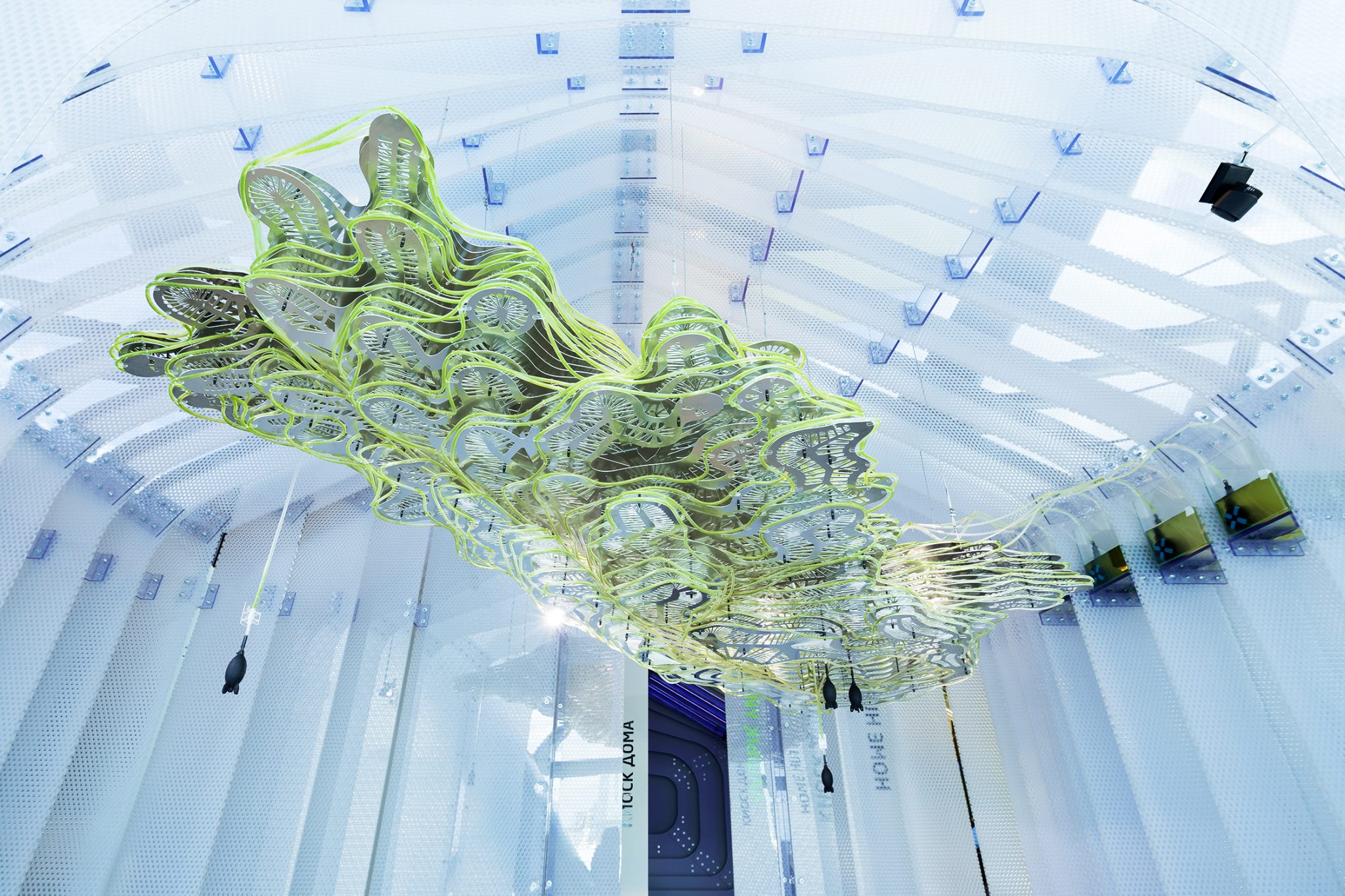
EcoLogic Studio has invented an algae-based curtain system called PhotoSynthetica, which harvests carbon dioxide from polluted air.
The system uses large, vertical plastic curtains through which algae, suspended in gel, can thrive. Polluted air is pumped into the bottom of the curtain and over the algae, which in turn extracts the CO2 and emits O2. The O2 rises to the top of the curtain and back out into the street.
The curtains are ideal for city locations where the vertical curtains can be attached to the side of buildings. EcoLogic Studio explains that a 2 m² curtain can absorb as much CO2 as one mature tree.
Find out more in this film about the company from the BBC.
@Pro Install AV, we have not tested any of these products, and we cannot verify the claims of their inventors, but we’re sure you’ll find them as interesting as we do. But, we’re looking forward to work and install these sustainable innovations in the near future.
